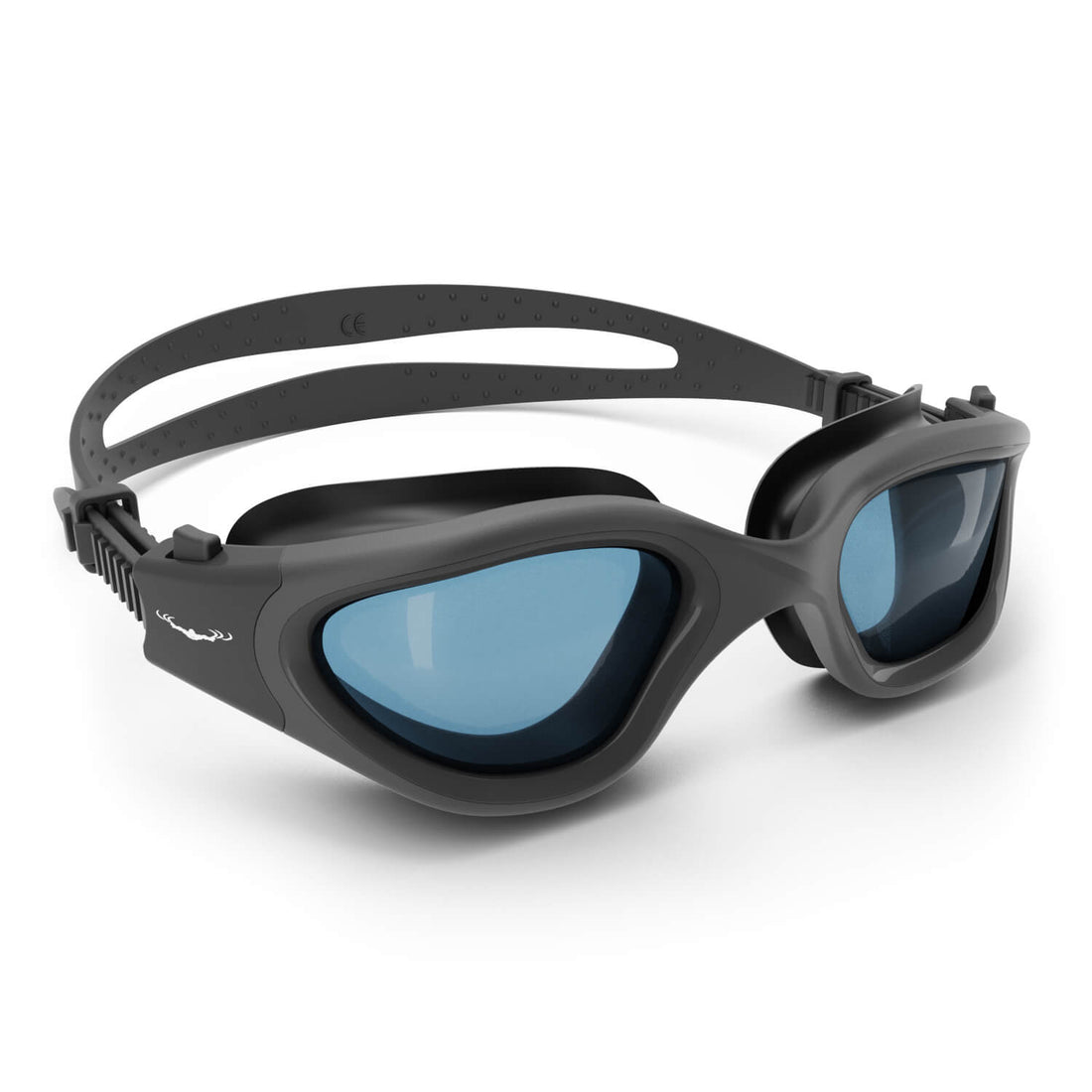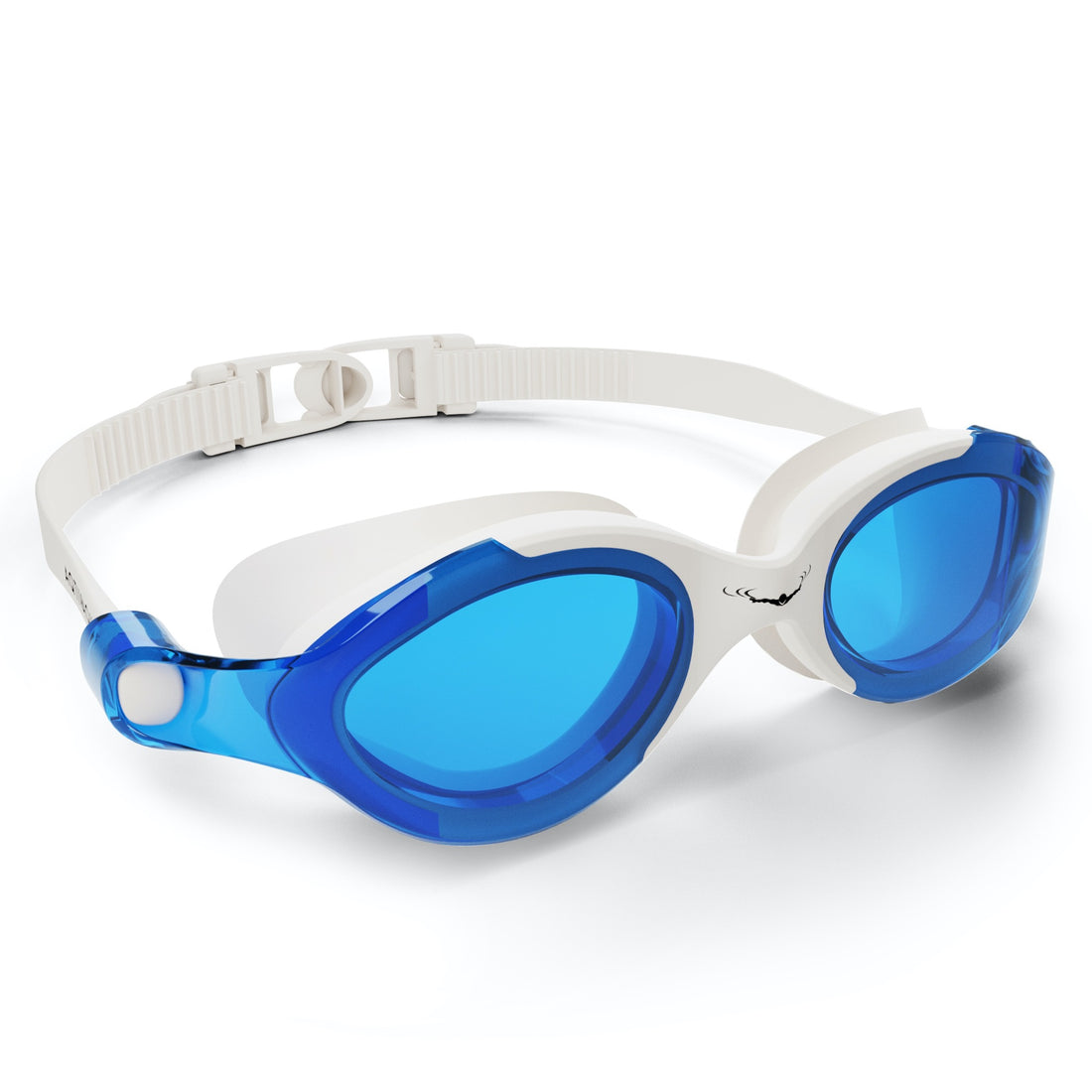Swimming is one of the most enjoyable and refreshing activities that people of all ages can enjoy. Whether you're a novice learning to paddle or a seasoned swimmer conquering the waves, safety should always be a top priority. In this comprehensive guide, we'll discuss essential swimming safety tips that will help you or anyone else in and around the water. From enhancing your visibility with polarized swim goggles to protecting your ears with swim ear bands, we’ll cover all the bases to ensure your swimming experience is both fun and secure.
The Importance of Swimming Safety
Water can be both a calming escape and a dangerous element if not treated with respect. It’s vital to instill good swimming habits, particularly when it comes to safety. Here are some essential reasons why swimming safety is crucial:
- Prevention of Accidents: Understanding safety measures reduces the risk of accidents and drowning.
- Health Awareness: Knowing your limits and capabilities while swimming helps prevent health hazards.
- Effective Communication: Encouraging a safe environment by discussing swim safety with friends and family makes swimming enjoyable for everyone.
- Respect for Water: Adequate knowledge about water safety breeds respect for the element and its potential dangers.
Essential Swimming Safety Tips
Know Your Limits
Before entering the water, assess your swimming ability. If you're not confident in your skills, it’s best to stay within shallow areas where you can easily touch the bottom. Don’t push yourself beyond your comfort zone, as this can lead to risky situations.
Choose the Right Gear
Having the appropriate swimming gear can greatly enhance your safety while swimming. Make sure your swimsuit is safe and comfortable. Consider wearing polarized swim goggles to improve visibility in the water. These goggles not only protect your eyes from harmful UV rays but also eliminate glare, ensuring that you can see clearly underwater.
Swim with a Buddy
Swimming alone can be risky, especially in deep or open waters. Always swim with a buddy to watch out for each other. There’s strength in numbers, so ensure at least one person knows how to respond in case of an emergency.
Familiarize Yourself with the Environment
Before diving in, take some time to familiarize yourself with the swimming location. Check for any potential hazards such as strong currents, unpredictable tides, or underwater obstacles. Understanding the water conditions can help you stay safe.
Stay Hydrated and Take Breaks
Swimming can be a physically demanding activity, even in warm temperatures. Remember to hydrate regularly and allow for breaks. Exhaustion can impair your ability to swim and may lead to dangerous situations. If you start feeling fatigued, take a break and relax in a shallow area.
Specific Safety Measures for Different Swimming Locations
Swimming Pools
When swimming in a pool, adhere to the following tips:
- Always observe pool rules and regulations.
- Keep an eye on young children at all times.
- Use proper flotation devices as necessary.
- Be mindful of slippery surfaces around the pool.
Open Water Swimming
Swimming in open water presents different challenges. Here are some safety tips:
- Check the weather conditions and water temperature before swimming.
- Make sure to swim in designated swimming areas.
- Look out for other watercraft and stay clear of their paths.
- Be aware of changing currents and tides.
Be Prepared for Emergencies
Emergencies can happen unexpectedly. To be prepared:
- Learn basic swimming rescue techniques.
- Know how to perform CPR and first aid.
- Have a whistle or signaling device handy.
- Inform someone where you plan to swim, and your estimated return time.
Protect Yourself with Necessary Gear
Wearing Polarized Swim Goggles
While we’ve touched on the benefits of wearing polarized swim goggles, it’s worth noting that they serve more than just visual clarity. These goggles can enhance your overall swimming safety by allowing you to notice potential dangers in your surroundings with much greater accuracy.
Utilizing Swim Ear Bands
For those sensitive to water entering the ears, swim ear bands can be a great safety accessory. They help keep water out, which can prevent infections and discomfort. Regular use of ear bands is especially beneficial for children and those prone to ear issues.
Recognizing Signs of Distress
As a swimmer or a spectator, recognizing the signs of someone in distress is vital:
- Struggling to stay afloat
- Waving arms or call for help
- Taking in water or coughing excessively
- Exhibiting low energy or exhaustion
If you notice anyone showing these signs, don’t hesitate to call for help and assist them if you are trained to do so.
Balancing Fun and Safety
It's important to remember that swimming should be a fun and enjoyable activity. Integrating safety measures can enrich your experience and allows you to fully enjoy the water without unnecessary worry. Here are some final thoughts on making swimming safe and enjoyable:
- Involve the whole family in discussing safety practices before heading to the water.
- Try to incorporate safety gear into your swimming routine, making it a standard practice.
- Keep the atmosphere light and fun while adhering to safety guidelines.
Make Swimming Your Safe Haven
Your time in the water should be enjoyable and worry-free. By employing the swimming safety tips discussed in this article, you can ensure a safe and pleasurable experience for yourself and those you love. Make swimming a safe haven where fun meets security, and remember, the best memories are made when everyone is safe!










